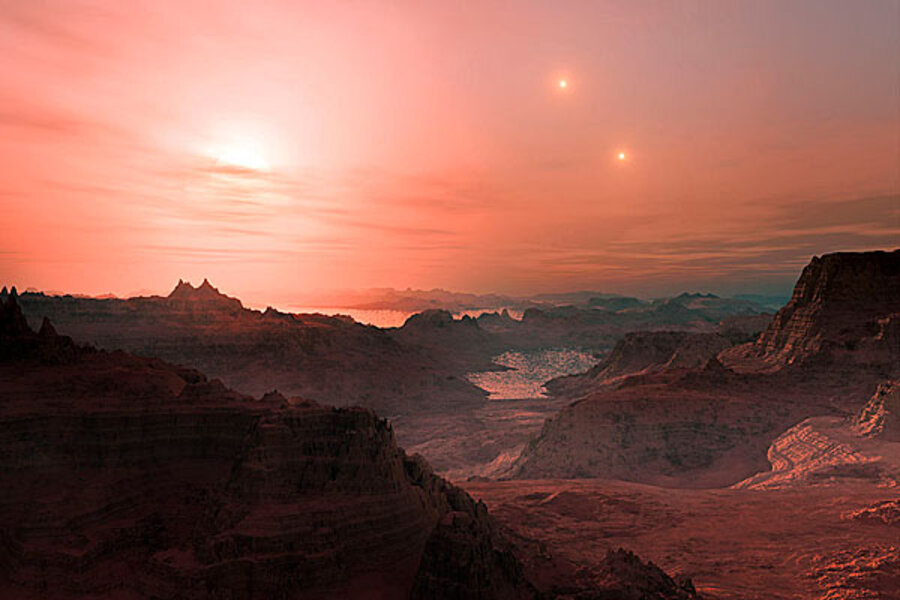Astronomers say that there are billions of potentially habitable planets in our galaxy
Loading...
| London
Astronomers hunting for rocky planets with the right temperature to support life estimate there may be tens of billions of them in our galaxy alone.
A European team said on Wednesday that about 40 percent of red dwarf stars - the most common type in the Milky Way - have a so-called "super-Earth" planet orbiting in a habitable zone that would allow water to flow on the surface.
Since there are around 160 billion red dwarfs in the Milky Way, the number of worlds that are potentially warm enough and wet enough to support life is enormous.
Xavier Bonfils of the Institute of Planetology and Astrophysics in Grenoble, the leader of the team, said the 40 percent figure was at the high end of what had been expected and the finding underscored the prevalence of small rocky planets.
His team is the first to calculate the number of super-Earths - planets with a mass between one and 10 times the Earth - in such habitable zones, although previous research has found the Milky Way to be awash with planets.
Red dwarfs, which are faint and cool compared to the Sun, account for around 80 percent of the stars in the Milky Way.
After studying 102 of these stars in the southern skies using a European Southern Observatory telescope in Chile, Bonfils and colleagues found rocky planets were far more common than massive gas giants like Jupiter and Saturn in our solar system.
However, the rocky worlds spinning around red dwarfs are not necessarily cosy places for alien forms of life.
Because reds dwarfs are much cooler than the sun, any planets with liquid water will need to be orbiting much closer to the star than the Earth is from the Sun. That may mean they are bathed in damaging X-ray and ultraviolet radiation.
Scientists aim to take a closer look at some of the Earth-like planets as they pass in front of nearby red dwarfs, which should yield information about their atmospheres and help in the search for possible signs of life.
The research was presented in a paper to be published in the journal Astronomy & Astrophysics.
(Editing by Michael Roddy)





